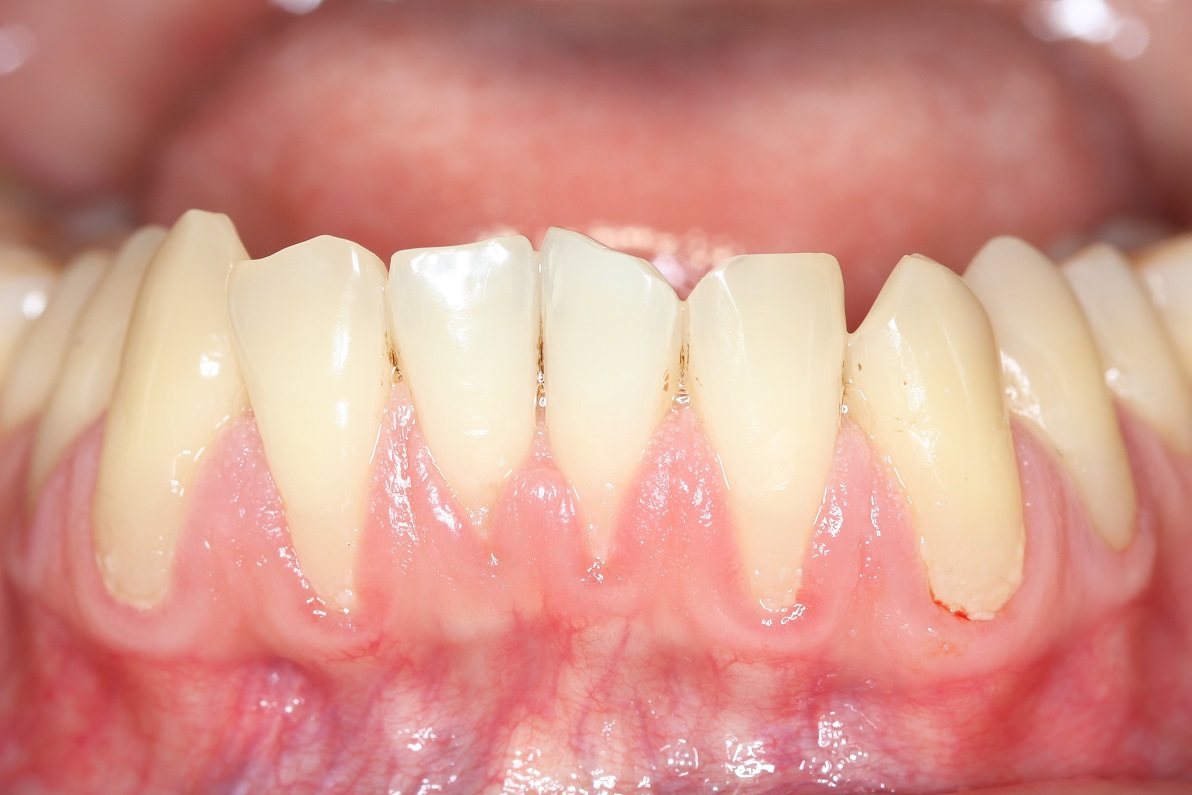
Sudden onset of tooth pain while biting and chewing food is not normal. Increased sensitivity to cold and hot foods can have an underlying cause. Your tooth/teeth might possibly be suffering from a crack or fracture! It is essential to treat the tooth at the earliest to prevent any unwanted complications.
Get your teeth evaluated by the Salina family dentist if you experience pain or discomfort in your tooth during mastication, in addition to increased sensitivity.
What does a cracked tooth mean?
A cracked or fractured tooth is a condition characterized by the presence of a fissure in your tooth. The crack can either be small and harmless or can be severe enough to split the affected tooth.
A cracked tooth can be caused by:
- Normal aging process
- Bruxism (grinding of teeth)
- Large restorations
- Abrupt temperature changes
- Chewing hard foods
What are the possible symptoms associated with a cracked tooth?
A cracked tooth can be associated with the following signs and symptoms:
- Visible crack or craze on the tooth surface
- Unexplained persistent pain while chewing
- Extreme tooth sensitivity to hot and cold foods
- Sudden tooth sensitivity to sweetness
- Difficulty pinpointing the exact location of the pain
- Swelling around the tooth
What are the different types in which a tooth can crack?
Different types of cracks include:
Craze: It is a vertical fissure that is often considered to be a regular part of the tooth anatomy.
Oblique supragingival crack: It affects only the tooth crown and is present above the gum line (supragingival).
Oblique subgingival crack: It may extend beyond the gum line (subgingivally) to a point where the jawbone begins.
Vertical furcation crack: It occurs when the roots of the tooth are involved, affecting the nerves.
Oblique root crack: This does not involve the tooth crown but is apparent only below the gum line and the jawbone.
Vertical apical root crack: It appears at the root tip (apex of the root).
How is a cracked tooth treated?
How can a cracked tooth be treated?
A cracked tooth can be easily diagnosed during an oral examination and dental X-rays. Treatment usually depends on the severity of the condition and the type of crack present.
Root canal therapy is the most viable treatment option for most cases of cracked teeth. It involves the removal of the tooth pulp and restoring it with a biocompatible material (gutta-percha). Finally, the tooth will be stabilized and restored permanently with a crown. This aids in the restoration of the normal oral form, function, and aesthetics.
However, if the crack is too severe, your dentist will eventually recommend extraction.
Final note
A cracked tooth is easy to detect and treat, provided if it is done at an early stage. If left untreated, it can greatly compromise your oral function and aesthetics.





